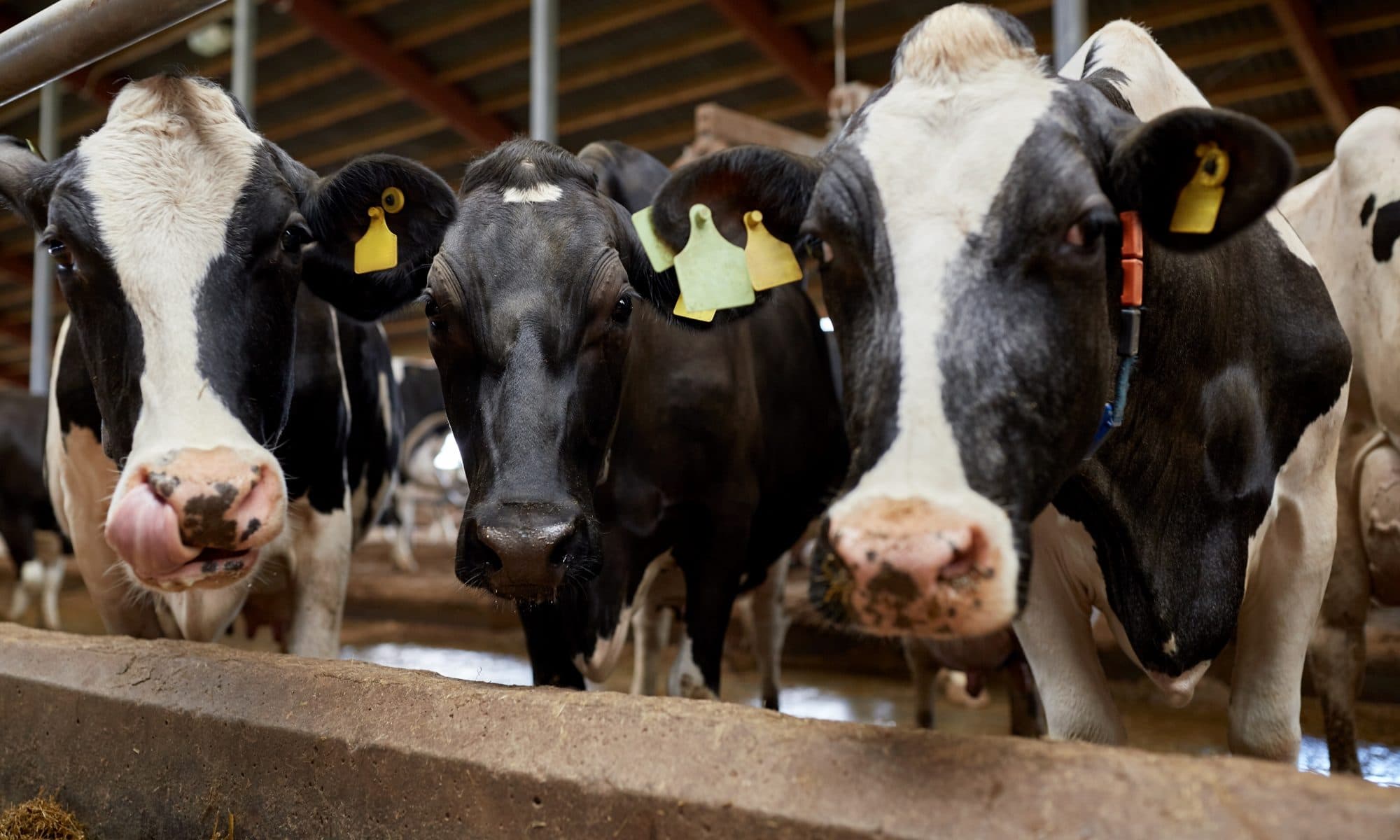FED CATTLE: Fed cattle traded $3 to $4 lower compared to last week on a live basis. Prices on a live basis were mainly $118 to $120 while dressed prices were mainly $188 to $190.
The 5-area weighted average prices thru Thursday were $119.34 live, down $3.71 from last week and $189.41 dressed, down $2.65 from a week ago. A year ago prices were $107.92 live and $169.92 dressed.
Cash live cattle trade occurred early again this week as softer futures markets made cattle feeders willing sellers.
The December live cattle contract has lost nearly $8 per hundredweight in the past two weeks which is the primary reason the cash live cattle market has softened the past two weeks. It may be too early to say live cattle prices have peaked for fall marketings, but it will be difficult for live cattle prices to rival those seen in the week ending November 3rd. However, cattle feeders are not as concerned with the price apex as they are with positive margins.
Margins are being squeezed from the back end of the transaction as the purchase price of feeder cattle coming off feed with each passing week continues to increase.
BEEF CUTOUT: At midday Friday, the Choice cutout was $208.56 down $1.68 from Thursday and down $6.02 from last Friday. The Select cutout was $188.87 up $1.04 from Thursday and down $8.34 from last Friday. The Choice Select spread was $19.69 compared to $17.37 a week ago.
In five weeks, the Choice Select spread has widened nearly $12. There are several interesting storylines to go along with the widening spread. The general storyline as the market moves toward holiday dining is the demand for Choice beef tends to ramp up which results in a strong pull on Choice product.
The second storyline is in relation to the grading issue in which machines in some major packing facilities were incorrectly calibrated resulting in more carcasses grading Choice than actually should have. The correction of this mistake has led to the lowest level of cattle grading Choice in a year. This means less Choice beef than originally expected which should be part of the reason for the widening spread.
The third storyline has to do with the direction of the Choice cutout versus the Select cutout. The spread can change regardless of the direction of prices as long as Choice and Select beef prices do not move in the same direction at a penny for penny pace. Right now, the spread is widening because Select prices are falling faster than Choice price.
OUTLOOK: Softening in calf and feeder cattle prices is evident across Tennessee weekly auction markets which are reflective of feeder cattle futures softening the past two weeks. Essentially, the trickle-down effect is in place as feeder cattle futures have followed live cattle futures and local feeder cattle prices have followed feeder futures. This type of action is what market participants expect. However, the market has deviated from this pattern in the past 10 to 12 months.
Since the market shows some indication of behaving as expected, more buyers may be interested in securing inventory. What may negate the desire to secure inventory is the relatively strong prices for the time of year. Significant seasonal price softening has yet to occur in the calf market in the fall of 2017, and there is no indication prices will falter at this point. The question now is what prices will do moving forward into the spring highs of 2018.
Prices for calves generally begin escalating in January and really take off in March and early April. This was very much the case moving from the fall of 2016 to the spring of 2017 when 500 to 600 pound steer prices moved from $107 per hundredweight in November to the $140 to $145 range by March. Prices for this weight class peaked at $161 in June which is much later than normal. However, with 500 to 600 pound steer calves currently in the low $140s, how much upside potential exists?
It is doubtful calf prices will see another $35 jump from November to March. It is always difficult to predict but a price on these calves in March ranging from $148 to $156 may be as optimistic as it comes at this point.
These predictions cannot take into account changes in international policy and trade agreements, nor does it take into account some sudden shock to the market. The point is that the market is unlikely to make as strong of a move as it did one year ago to the upside and the downside risk is very limited moving into the spring. Producers should prepare themselves for a good market in 2018 but not an over the top market.
The November cattle on feed report for feedlots with a 1000 head or more capacity indicated cattle and calves on feed as of November 1, 2017 totaled 11.33 million head, up 6.3% compared to a year ago, with the pre-report estimate average expecting an increase of 5.7%. October placements in feedlots totaled 2.39 million head, up 10.2% from a year ago with the pre-report estimate average expecting placements up 7.1%. October marketings totaled 1.80 million head up 5.6% from 2016 with pre-report estimates expecting marketings up 5.4%. Placements on feed by weight: under 800 pounds up 10.5%, 800 to 999 pounds up 7.8%, and 1,000 pounds and over up 20.0%.
Andrew P. Griffith, University of Tennessee
